What Is Your Posterior Chain and How Should You Train It?
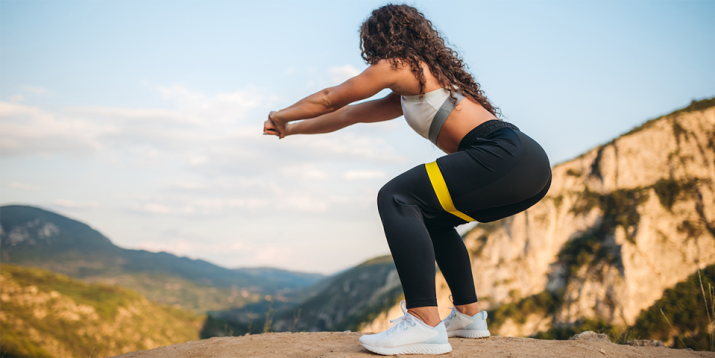
If you’ve spent much of any time in the gym — or following along at home with online fitness classes — you’ve likely heard a trainer talk about the “posterior chain” like it was the plans for the Death Star.
That might not actually be an oversell on the importance of this supergroup of muscles, which is involved in the majority of human movements.
But very few exercisers truly understand what it is, why it’s important, and how to strengthen it.
Let’s change that, shall we?
What Is the Posterior Chain?
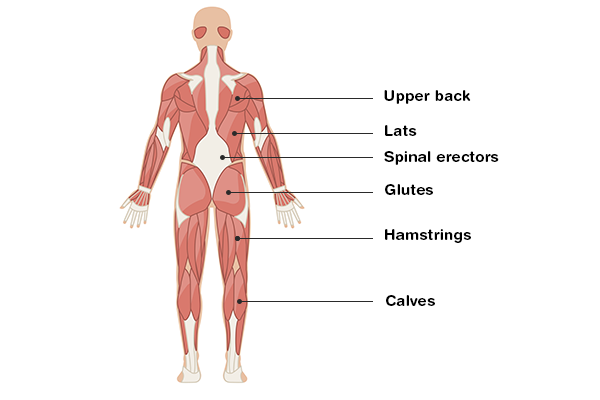
The posterior chain refers to all of the muscles that comprise the backside of your body, spanning from your heels to the base of your skull, explains St. Louis-based strength coach Kourtney Thomas, CSCS.
While this includes many little muscles you’ve likely never heard of, the main posterior chain muscles should ring familiar.
Glutes
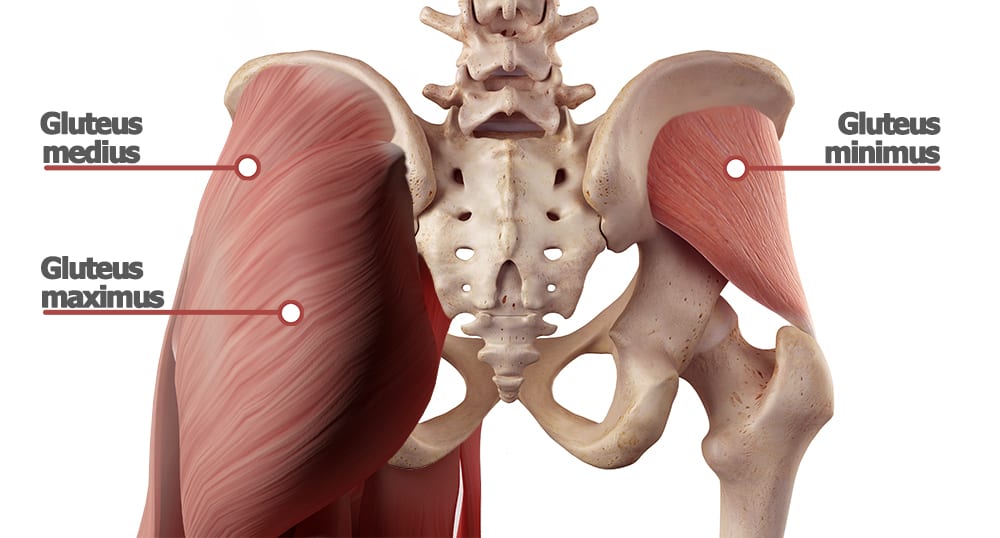
You can consider your gluteus muscles your body’s powerhouse.
They make up the single-largest muscle group in the human body, and are primarily involved in hip extension (thrusting your hips forward) and abduction (raising your legs out to the sides).
They also help stabilize your pelvis and control side-to-side motion.
Hamstrings
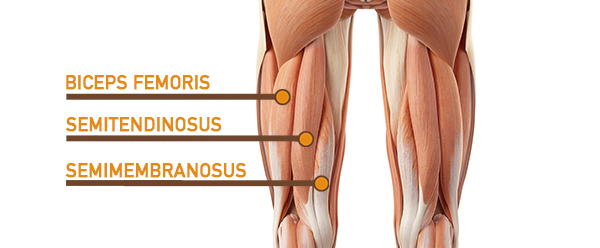
Connecting your knees and hips, this large muscle group on the backs of your thighs is responsible for bending your knee and helping extend your hips. Its muscles include the biceps femoris, semitendinosus, and semimembranosus.
Calves
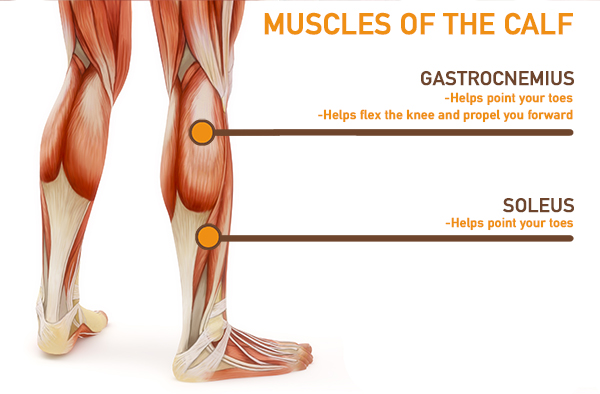
Composed of two muscles — the gastrocnemius and soleus — the calf muscle connects the ankle and the knee and governs plantar flexion (think: pointing your toes).
Lats
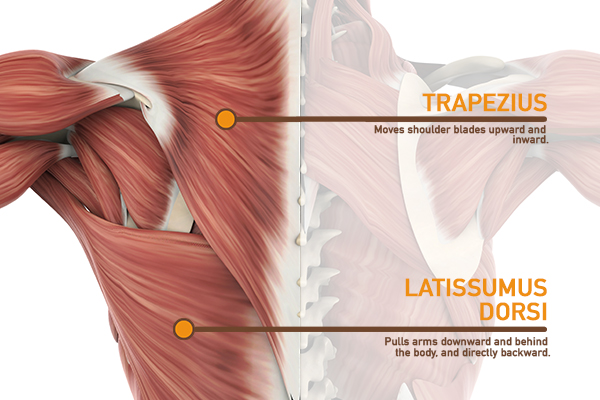
The largest muscles in your upper body, the latissimus dorsi are your “wings” and span from your pelvis and spine to your humerus (upper-arm bone).
They’re hugely important for posture and most pulling motions.
Spinal erectors
Running along the length of your spine, the erector spinae help extend (arch) your back. They also work to stabilize your spine, promoting healthy posture and reducing the risk of vertebral injury.
Upper back
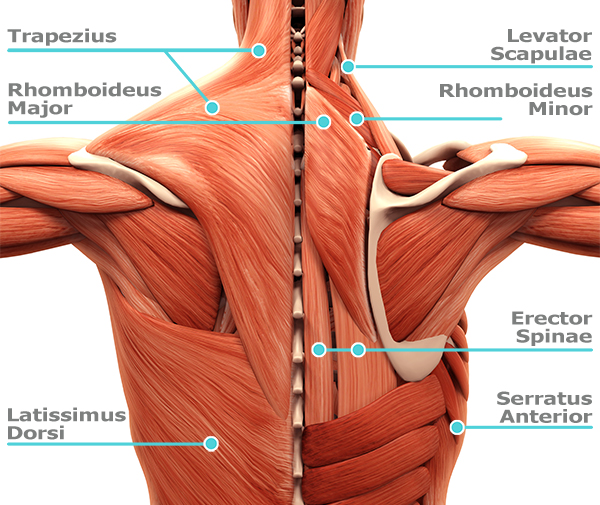
This is a catch-all term for the rhomboids, scapular muscles, trapezius, and more. They’re vital to shoulder function and postural alignment and often work in tandem with the lats.
Why Is the Posterior Chain Important?
Here are a couple reasons why it’s important to train your posterior chain.
1. It’s essential to most movement
There are few movements you can make in life that don’t involve at least one muscle of the posterior chain.
When it isn’t busy extending your hips during jumps or pulling your arms back during rows (the two main moves people associate with the posterior chain), it’s supporting your chest as you push, stabilizing your spine as you stand, and keeping you from curling into a ball when you sit in a chair, explains Janet Hamilton, CSCS, an exercise physiologist with Running Strong in Atlanta.
And as the term “chain” suggests, they’re all linked.
“Muscles work as team members,” she says. “Almost every muscle in the human body crosses more than one joint, so there are interactions happening between multiple muscles at every joint.”
This creates an interconnected chain of muscles that are constantly working together to create different movement patterns.
2. It provides balance to the body
Interestingly, the movement patterns enabled by the posterior chain work in opposition to — balancing out — the anterior chain, or the muscles of the front of the body.
However, in today’s desk-bound culture, the muscles of the posterior chain are often not strong enough to hold their own against their anterior counterparts, pulling the spine forward, creating pain in the upper and low back, and even limiting shoulder mobility.
“Neglecting the backside of the body can set us up for imbalances and wonky weaknesses in important muscles and muscle groups,” Thomas says.
What Exercises Should You Do for the Posterior Chain?
Performing dedicated posterior chain workouts and exercises is critical to overall health, with Thomas recommending that you perform at least two upper-body pulling (posterior) exercises for every upper-body pushing (anterior) exercise that you complete.
While most lower-body exercises work both the posterior and anterior chains of the body, throwing in some extra glute and hamstring work with posterior chain exercises like hip thrusts and deadlifts can help you give the lower links of your posterior chain the love they deserve.
1. Squats
Squats work both the posterior chain and anterior chain to a high degree.
2. Deadlifts/hinges
Arguably the most comprehensive posterior chain exercise ever, the deadlift movement pattern trains the hamstrings and glutes to an incredibly high degree. They will also help strengthen your shoulders, upper back, and core (which extends all the way around your torso).
Other movements that emphasize the hip hinge, like the kettlebell swing, will also target your posterior chain.
- Dumbbell deadlift
- Romanian deadlift
- Single-leg deadlift
- Barbell deadlift
3. Hip extensions
Hip extension-based exercises like the hip thrust are the best posterior chain exercises for when you really want to hone in on your butt to build glute size, shape, and strength.
- Glute bridge
- Single-leg stability ball hip thrust
- Dumbbell hip thrust
- Barbell hip thrust
4. Lunges
Similarly to squats, lunge variations will work both the posterior and anterior sides of your body. However, stepping backward, keeping your weight in the heel of your flat foot, and even leaning forward just slightly can up the ante on your posterior chain.
5. Rows
All pulling exercises focus on the back muscles. However, exactly how you pull changes the emphasis.
Horizontal pulling exercises like bent-over rows, resistance-band rows, and reverse flys emphasize the mid-to-upper back. Meanwhile, vertical pulling exercises such as chin-ups and pull-ups place even greater emphasis on the lats.
